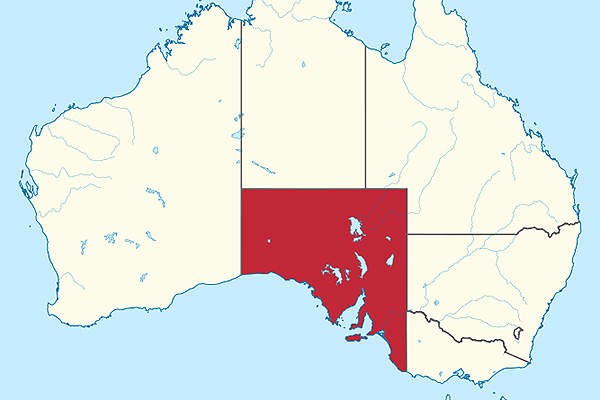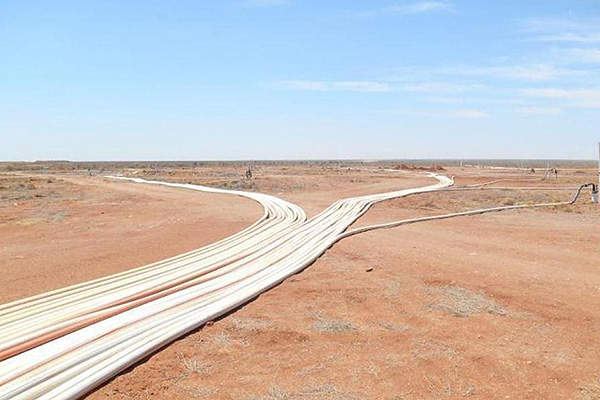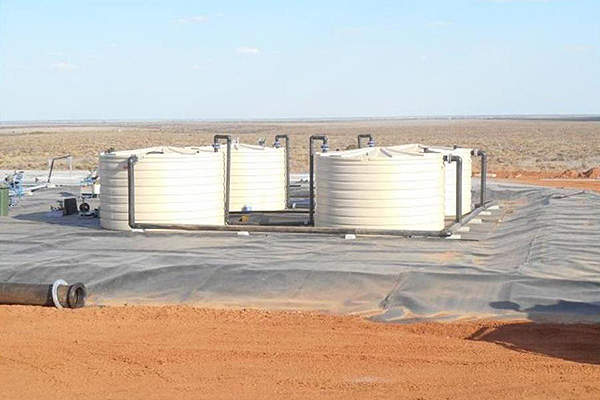The Four Mile uranium mine is located approximately 550km north of Adelaide, Australia, which features two of the world’s biggest uranium mines. It is the fifth uranium mine in Australia.
The mine is owned by a joint venture (JV) of Quasar Resources, an affiliate of Heathgate Resources, and Alliance Craton, a subsidiary of Alliance Resources. Quasar manages the mine on behalf of the JV and has 75% ownership while Alliance owns the remaining 25% stake. In July 2015, Alliance Craton agreed to sell its stake in the project to Quasar Resources. Upon completion of the sale, Quasar Resources will fully own the project.
Construction of the mine began in December 2013 and the production began in April 2014. The mine was officially opened in June 2014. The project created approximately 150 jobs.
Uranium production at the Four Mile mine
The mine produced 538,818 pounds (lb) of uranium oxide (U3O8) in December 2014 and is expected to achieve sales of 1.5 million pounds (Mlb) of uranium oxide per annum. The first uranium sale was made in 2014.
Four Mile mine details, geology and reserves
The Four Mile uranium deposit, which was discovered in 2005, has been the best discovery since the 80Mlb Kintyre deposit in 1985. Four Mile is a high-grade, roll-front type deposit situated approximately 8km of the Beverly uranium mine. The deposit is also prospective for iron-oxide copper-gold mineralisation.
Four Mile is classified as a sandstone-hosted deposit, associated with redox interfaces. It comprises two mineralised zones within Tertiary age sediments, namely Four Mile West and Four Mile East. The mine is located in an arid region of South Australia between the Northern Flinders Ranges and Lake Frome. The Northern Flinders range comprises uranium deposits dissolved in the groundwater and migrated through permeable sediments in the adjacent basin.
The mineralisation is hosted by fluviatile sands of the Upper Eyre Formation within an area defined as the Four Mile Embayment. The Eyre Formation is composed of mature sands that are rich in carbonaceous material and pyrite. The sands are interlayered with fine grained silt and coarse grained gravels.
The mine contains JORC-compliant mineral resources of 7.5 million tonnes (Mt) of ore comprising 50Mlb of U3O8 as of June 2015.
Mining and processing of ore at the Four Mile mine
The uranium mine applies in-situ recovery (ISR) mining method. The field equipment comprises drill rigs and support vehicles, geophysical logging trucks, movers, cranes and assorted light vehicles.
Ore is extracted by pumping a leachate into the ore zone through injection wells. The dissolved uranium solution (lixiviant) is pumped to the surface from multiple wells, and stored in the well fields and houses.
The lixiviant is transported to the Pannikan satellite plant via high-density polyethylene (HDPE) pipelines. The uranium contained in the lixiviant is removed by the ion exchange (IX) columns using IX resin.
The resin is then loaded with uranium and trucked to the Beverley processing plant owned by Heathgate Resources. At Beverley, uranium contained in the resin is stripped, concentrated, dried and packed, and stored. The waste solution is reconditioned and recycled back to the injection wells.
Construction and infrastructure facilities
The mine development included the construction of a satellite pre-processing plant at Pannikan for uranium recovery, ferric holding tanks, and an overhead transmission line for supply of power from the Beverley power station to the Four Mile East wellfield.
The mine utilises the existing Beverly mine’s infrastructure.
Contractors involved with the development of the South Australian mine
Como Engineers and Adelaide Control Engineering (Como-ACE) prepared the final scoping study report for the mine’s development.






